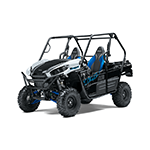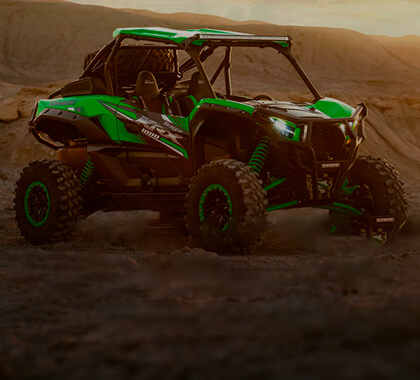What to Consider When Buying Drive Belts For Kawasaki Ridge
Load Capacity
Heavy torque loads stress underpowered drive belts, resulting in sluggish acceleration and powertrain failures. To avoid this, match your vehicle's OEM belt rating to prevent catastrophic failure. Drive belts with thicker, wider aramid fiber cords provide heavy-duty power transfer and load-bearing capacity.
Construction Quality
Low-quality drive belts use cheap materials that chunk out, glaze over, and quickly stretch out of place. You should invest in belts with 100% aramid fiber reinforcement cores, carbon fiber, and high-temperature rubber compounds that maintain traction and flexibility. These materials offer superior strength and resistance to abrasion, heat, and stretching. They can also stand against environmental contaminants like UV and dirt from the trails.
Compatibility & Belt Type
Ensure the belt matches your specific Kawasaki Ridge model and year. Belts vary in size and profile depending on the vehicle they're powering. Double-check compatibility information before purchase. Consider factors such as the belt width, length, and tooth profile of the drive belt to ensure a perfect fit. You should also consider the belt type your Ridge needs. Original Kawasaki belts (OEM) guarantee precise fit and performance but come at a premium price. Aftermarket belts offer a more affordable option, but the quality can vary. Choose reputable brands with good reviews and warranties. You can also up the ante by getting performance drive belts if your focus is on performance.
Maintenance Requirements
Assess the maintenance needs of the drive belt to ensure ease of upkeep and longevity. Choose belts with self-tensioning and pre-tensioned designs, as they require essential maintenance and adjustment. This way, you can reduce downtime and keep your Ridge continually on the trails.
Riding Style and Needs
The type and intensity of riding you do with your Kawasaki Ridge will influence how quickly your drive belt wears out. This should, in turn, affect the quality of the drive belt you buy. If you must transport heavy cargo over long distances or ride aggressively frequently, your Ridge's drive belt will be more prone to overheating and slippage. In this case, you're better off with a higher-spec, heavy-duty drive belt.







